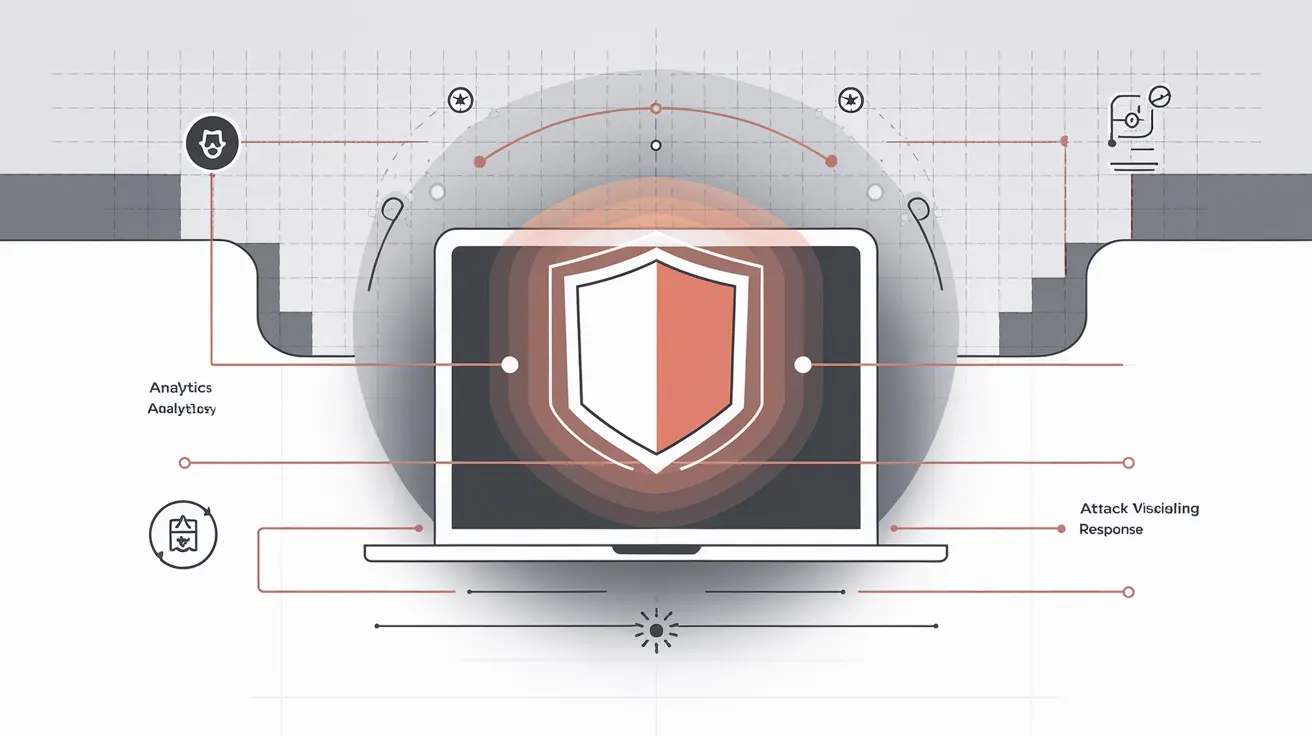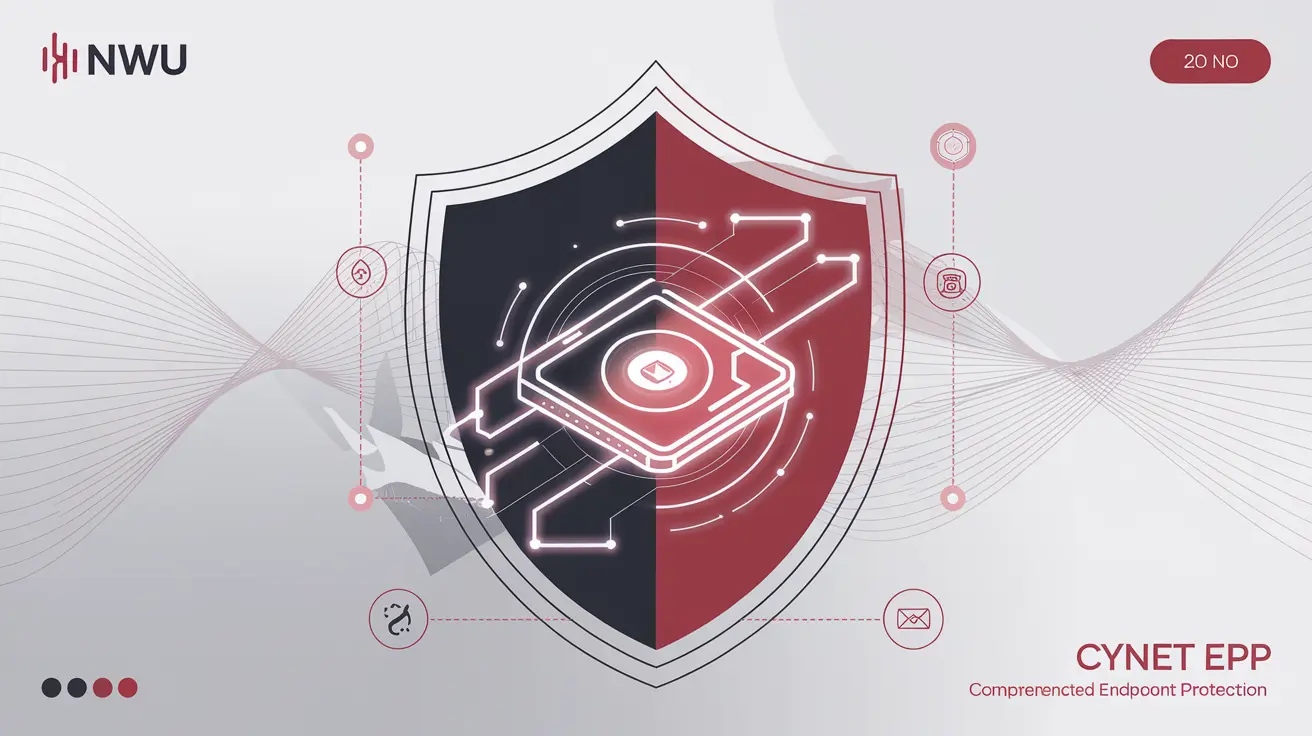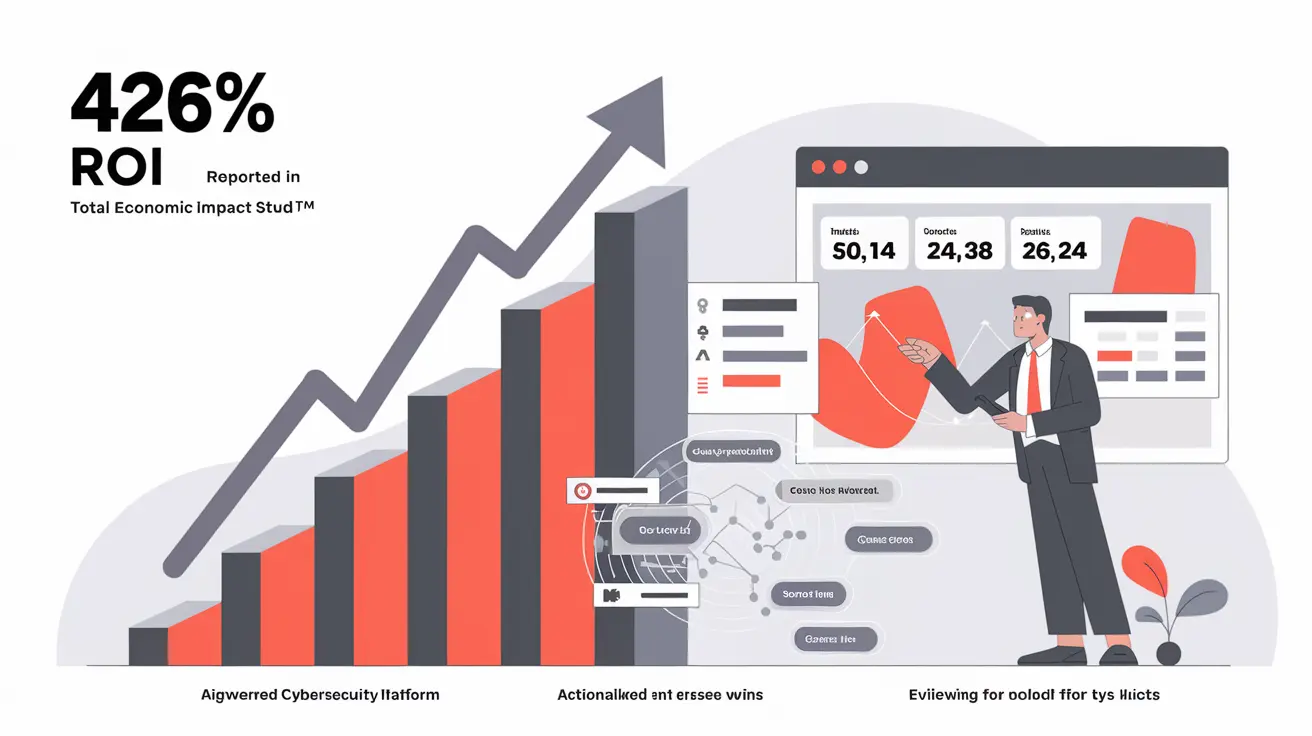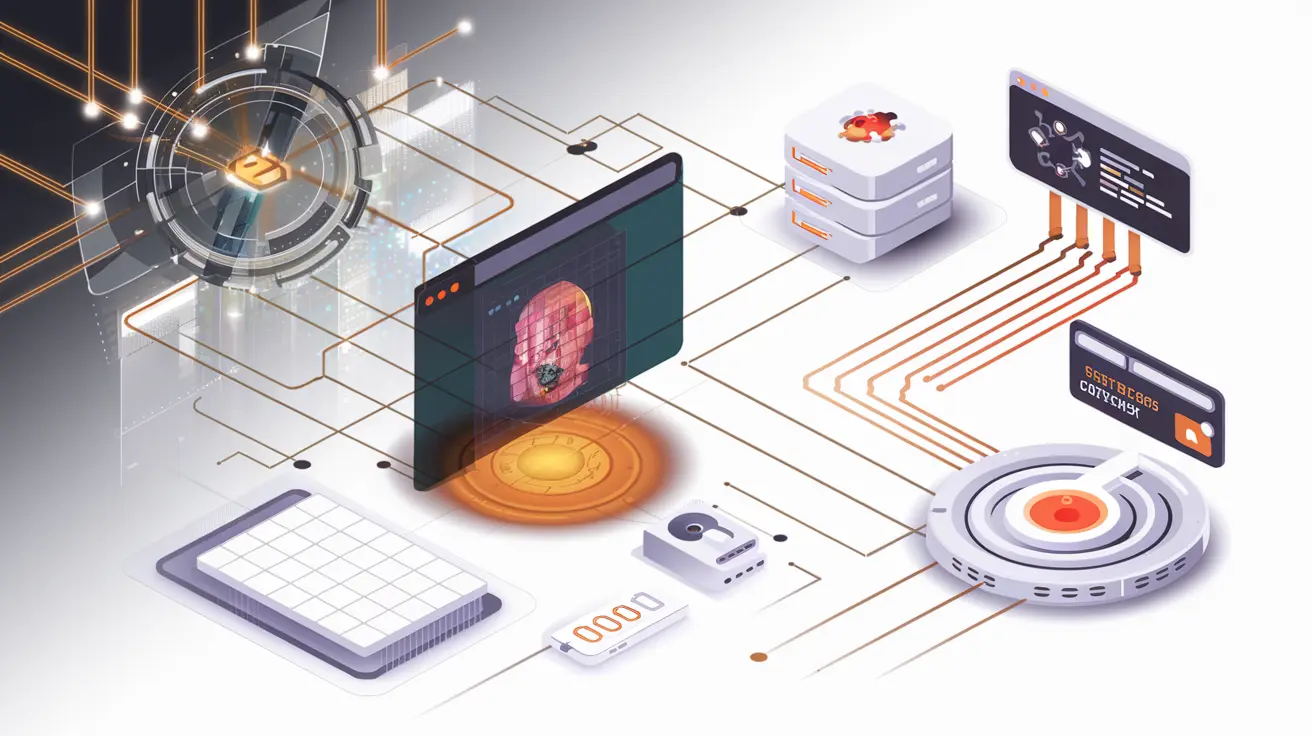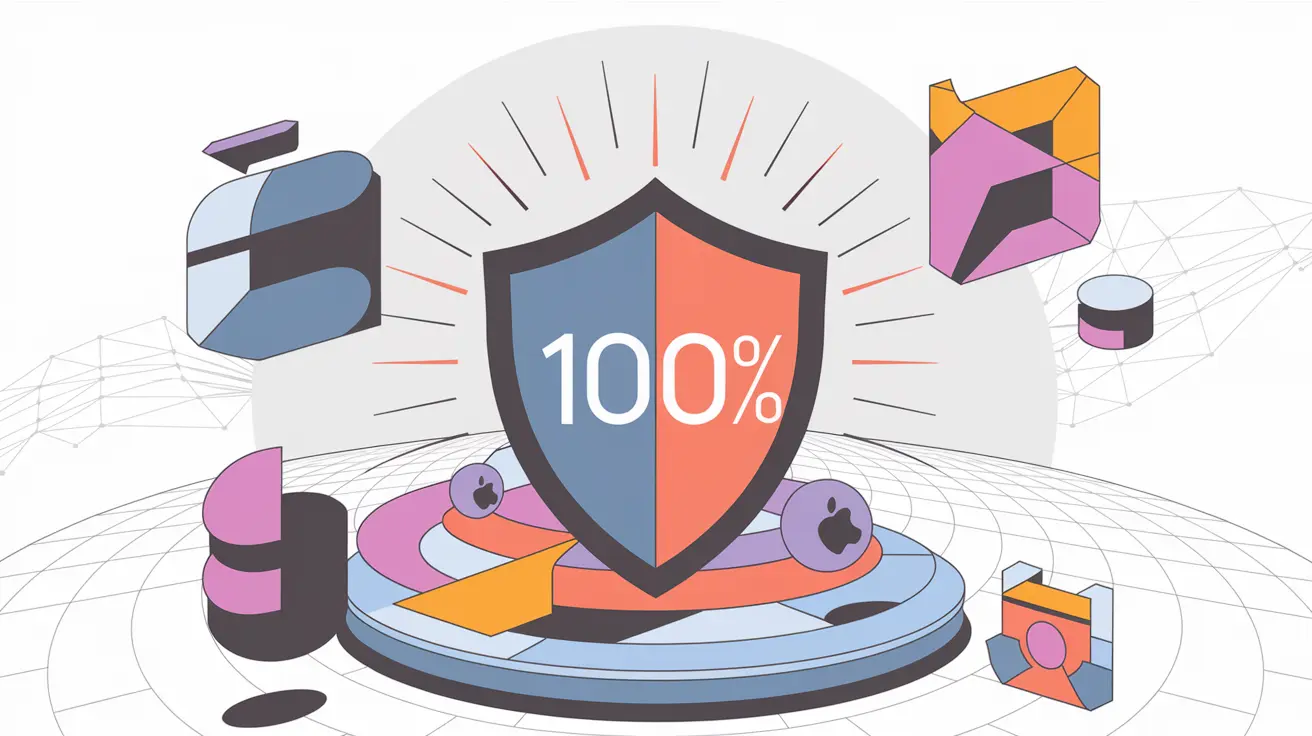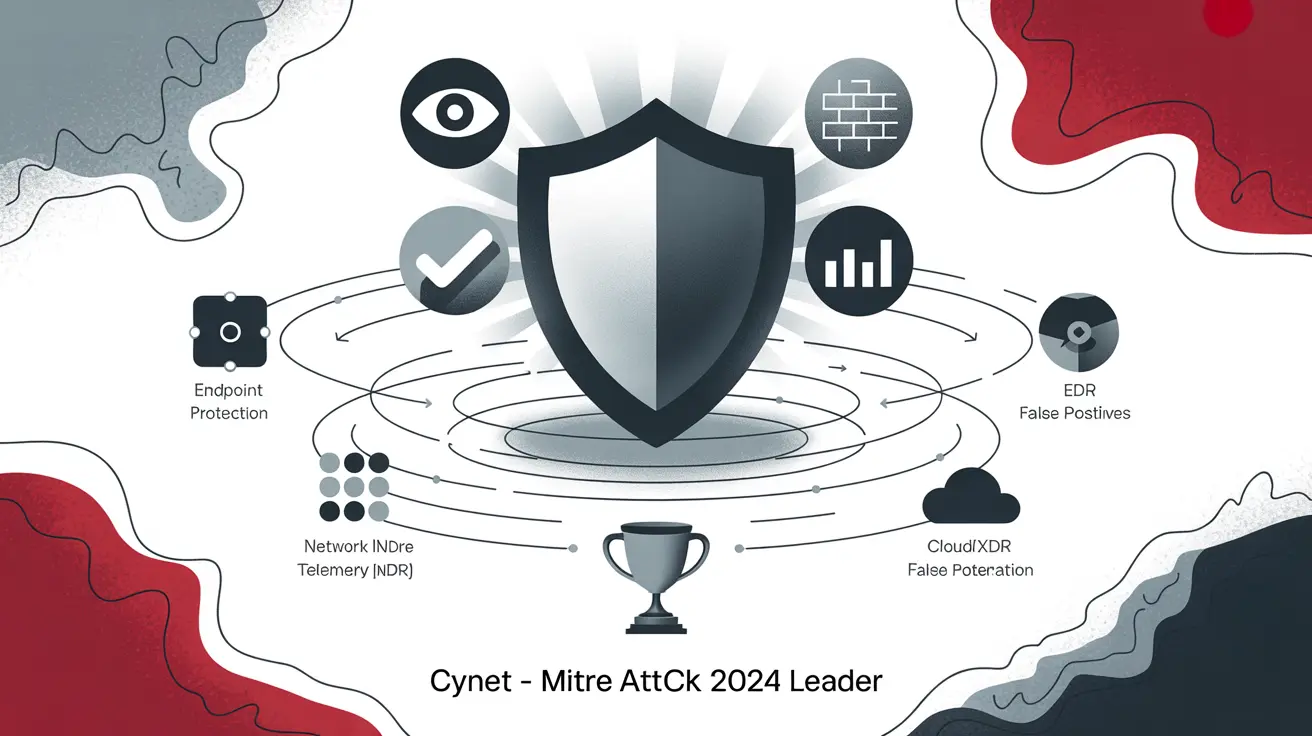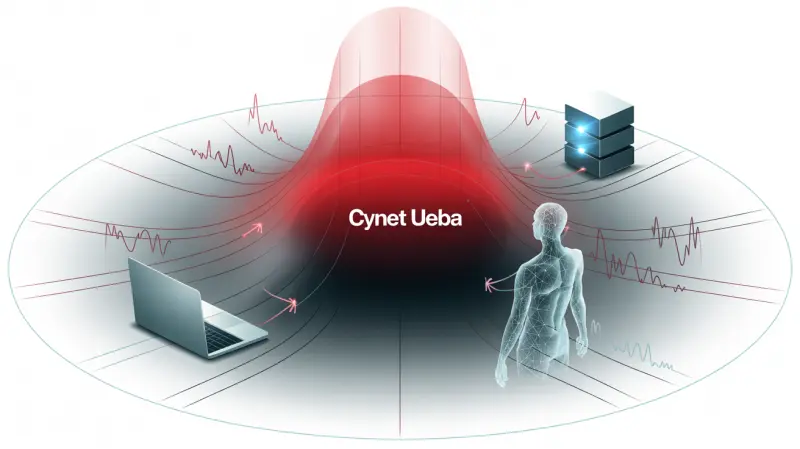
Detecting Insider Threats: Methods and Technologies to Protect Your Organization
In today’s digital world, where data has become a valuable asset, external cyberattacks pose a serious threat. However, we must not forget the internal risks, which can come from employees and other people who have access to confidential information. Detecting insider threats is a set of measures and technologies aimed at identifying and preventing actions that could harm your organization from within. In this article, we will take a detailed look at the methods and technologies that can help you effectively protect your company from insider threats.
Why is Insider Threat Detection so Important?
Insider threats often go unnoticed for long periods of time because attackers have legitimate access to systems and data. This makes their detection particularly challenging. The damage from such attacks can be enormous: from leaks of confidential information and financial losses to reputational damage and legal consequences. Insider threats can be either intentional, when an employee knowingly commits illegal acts, or unintentional, when an employee carelessly or unknowingly violates security rules.
A Comprehensive Approach to Insider Threat Detection
Effective protection against insider threats requires a comprehensive approach that includes organizational measures, technical tools, and constant monitoring.
Organizational Measures
Organizational measures play a key role in creating a secure environment within the company. They include:
- Developing and implementing a strict security policy. It should clearly define the rules for working with confidential information, the rights and obligations of employees, and responsibility for violating security rules. It is important that every employee knows and understands these rules.
- Thorough screening of employees during hiring and periodic re-certification. This will help identify potentially untrustworthy candidates and promptly detect changes in employee behavior that may indicate a risk of insider threat.
- Training employees on the basics of information security. This will increase employee awareness of the risks and help them avoid mistakes that could lead to data leakage.
- Clear segregation of access rights to information and systems. Each employee should be granted access only to the data and systems that they need to perform their job duties.
- Regular security audits. This will identify weaknesses in the security system and take timely measures to eliminate them.
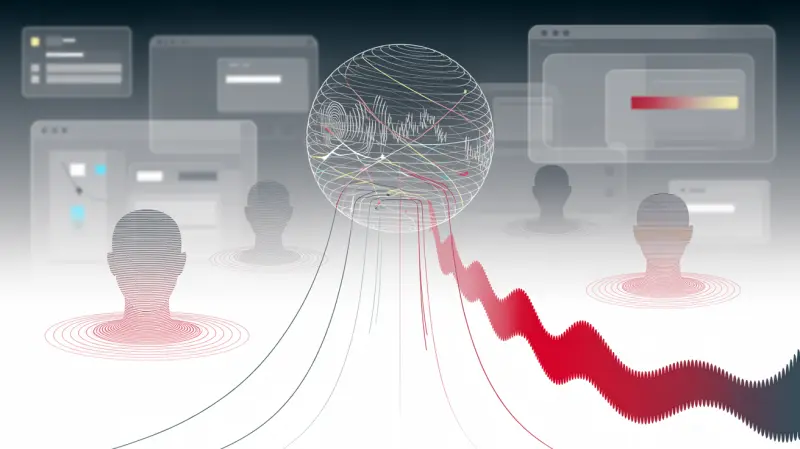
Technical Tools
Technical tools are an important complement to organizational measures and allow you to automate the process of detecting insider threats. These include:
- User Activity Monitoring (UAM) systems. They allow you to track user actions in information systems and identify anomalous behavior that may indicate an insider threat.
- Data Loss Prevention (DLP) systems. They prevent the leakage of confidential information outside the company by blocking data transmission through unprotected channels.
- Identity and Access Management (IAM) systems. They allow you to centrally manage user access rights to information systems and simplify the security audit process.
- Security Information and Event Management (SIEM) systems. They collect and analyze event logs from various sources (servers, network equipment, applications) and identify suspicious activities that may indicate an insider threat.
- Behavioral Analytics Tools (UEBA). They use machine learning to create profiles of normal user behavior and detect deviations from these profiles, allowing insider threats to be detected at an early stage.
User and Entity Behavior Analytics (UEBA) in the Context of Insider Threat Detection
User and Entity Behavior Analytics is a powerful tool for detecting insider threats. UEBA uses machine learning to analyze large amounts of data about user behavior and identify anomalies that may indicate malicious activity.
UEBA allows you to:
- Create baseline profiles of user behavior. The system studies the typical actions of each employee, such as working hours, applications used, access to files, etc., and creates a profile of “normal” behavior.
- Detect deviations from normal behavior. When an employee starts behaving unusually, for example, downloading large amounts of data, accessing files they don’t normally access, or working outside of working hours, UEBA detects these deviations.
- Prioritize risks. The system assesses the level of risk associated with each deviation and allows security professionals to respond to the most serious threats first.
- Improve detection accuracy. UEBA is constantly learning from new data and adapting to changes in user behavior, which increases the accuracy of insider threat detection and reduces the number of false positives.
Tips and Mistakes When Implementing UEBA
Implementing UEBA can be a complex process that requires careful planning and preparation. Here are some tips and common mistakes to avoid:
Tips:
- Start small. Don’t try to implement UEBA throughout the entire organization right away. Start with a pilot project in one department or group of users and gradually expand coverage.
- Define clear goals. Define which types of insider threats you want to detect with UEBA. This will help you choose the right data sources and configure the system.
- Ensure management support. Make sure that company management supports the UEBA implementation project and is ready to allocate the necessary resources.
- Involve security professionals and data analysts. They will need experience and expertise to configure and use UEBA.
- Train users. Explain to employees how UEBA works and why it is important for the security of the organization.
Mistakes:
- Underestimating the volume of data. UEBA requires a large amount of data to train and operate effectively. Make sure you have access to enough data about user behavior.
- Incorrect system configuration. Incorrect UEBA configuration can lead to false positives or missing real threats.
- Ignoring the results of the analysis. UEBA provides valuable information about potential insider threats, but it is important to analyze it and take appropriate action.
- Lack of monitoring. UEBA requires constant monitoring and adaptation to changing conditions. You can’t just implement the system and forget about it.
Cynet Solutions for Insider Threat Detection
Cynet offers comprehensive cybersecurity solutions that include tools for detecting insider threats. Cynet solutions allow you to:
- Collect and analyze data on user behavior from various sources. This includes data from event logs, user activity monitoring systems, data loss prevention systems, and other sources.
- Identify anomalies in user behavior using machine learning. Cynet solutions use advanced machine learning algorithms to create profiles of normal user behavior and detect deviations from these profiles.
- Prioritize risks and provide information for decision-making. Cynet solutions assess the level of risk associated with each anomaly and provide security professionals with the information they need to make informed decisions.
- Automatically respond to incidents. If an insider threat is detected, Cynet solutions can automatically take measures to prevent it, such as blocking a user account, isolating an infected device, etc.
Using Cynet solutions allows organizations to significantly increase the level of protection against insider threats and minimize potential damage. They integrate into the existing security infrastructure, providing transparency and control over all aspects of cybersecurity.
Choosing a Solution for Insider Threat Detection
Choosing the right solution for detecting insider threats is an important step towards ensuring the security of your organization. When choosing a solution, consider the following factors:
- Compliance with the needs of your organization. The solution should correspond to the size and structure of your organization, as well as the specific risks you face.
- Functionality. The solution should have sufficient functionality to detect various types of insider threats.
- Ease of use. The solution should be easy to install, configure and use.
- Integration with existing security infrastructure. The solution should easily integrate with other security systems that you are already using.
- Cost. The solution should be affordable.
- Support. The solution provider should provide quality technical support.
Carefully analyze your needs and capabilities, and you will be able to choose a solution that best protects your organization from insider threats.
Ultimately, creating an effective system for protecting against internal risks requires not only the implementation of modern technologies, but also continuous work to increase employee awareness of security rules, as well as the development of a security culture in the organization. This will create an environment in which insider threats will be detected and prevented in a timely manner, ensuring reliable protection of your company from internal risks.
Pay attention to the portfolio of Cynet solutions and make sure that your organization is protected from all types of cyber threats. Contact us for a consultation and selection of the optimal solution that meets your needs.
FAQ: Insider Threat Protection - Cynet's Methods for Threat Detection
-
What is an insider threat and why is it important to detect?
An insider threat is a risk that originates from employees or individuals with access to an organization's confidential information. Detecting such threats is critical because they often go unnoticed, and the damage they cause can be enormous, including data breaches, financial losses, and reputational damage. -
What organizational measures help protect against insider threats?
Organizational measures include developing a strict security policy, thoroughly screening employees upon hiring, training employees on the basics of information security, clearly separating access rights, and conducting regular security audits. -
What technical tools are used to detect insider threats?
Technical tools include User Activity Monitoring (UAM) systems, Data Loss Prevention (DLP) systems, Identity and Access Management (IAM) systems, Security Information and Event Management (SIEM) systems, and User and Entity Behavior Analytics (UEBA) tools. -
What is UEBA and how does it help in detecting insider threats?
UEBA (User and Entity Behavior Analytics) is the analysis of user and entity behavior. It uses machine learning to analyze large volumes of data and identify anomalies, deviations from normal behavior, which may indicate malicious activity. -
What advice should be considered when implementing UEBA?
When implementing UEBA, it is recommended to start small, define clear goals, gain management support, involve security specialists and data analysts, and train users. -
What mistakes should be avoided when implementing UEBA?
You should avoid underestimating the volume of data, misconfiguring the system, ignoring analysis results, and lack of monitoring. -
What solutions does Cynet offer for detecting insider threats?
Cynet offers comprehensive cybersecurity solutions that include collecting and analyzing data on user behavior, identifying anomalies using machine learning, prioritizing risks, and automatically responding to incidents. -
What should you look for when choosing a solution for detecting insider threats?
When choosing a solution, you should consider its suitability to the organization's needs, functionality, ease of use, integration with the existing security infrastructure, cost, and quality of technical support. -
What else is important besides implementing technologies for effective protection against insider threats?
In addition to implementing technologies, it is important to continuously work on raising employee awareness of security rules and developing a security culture within the organization. -
What data do Cynet solutions collect about user behavior?
Cynet solutions collect data from event logs, user activity monitoring systems, data loss prevention systems, and other sources, covering a wide range of user activities in information systems.
